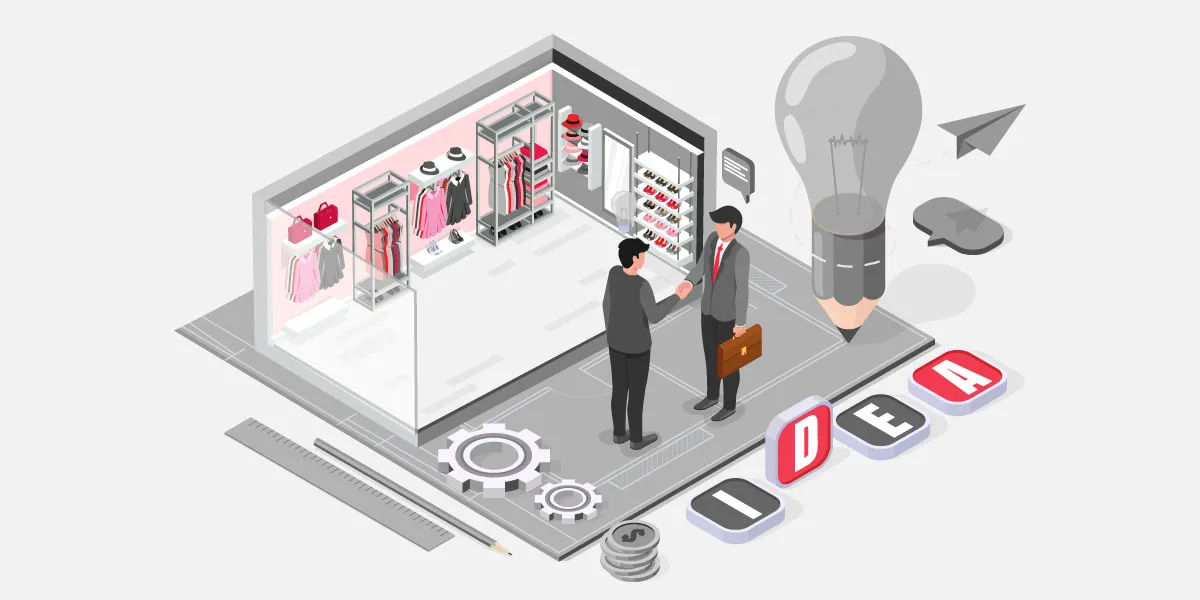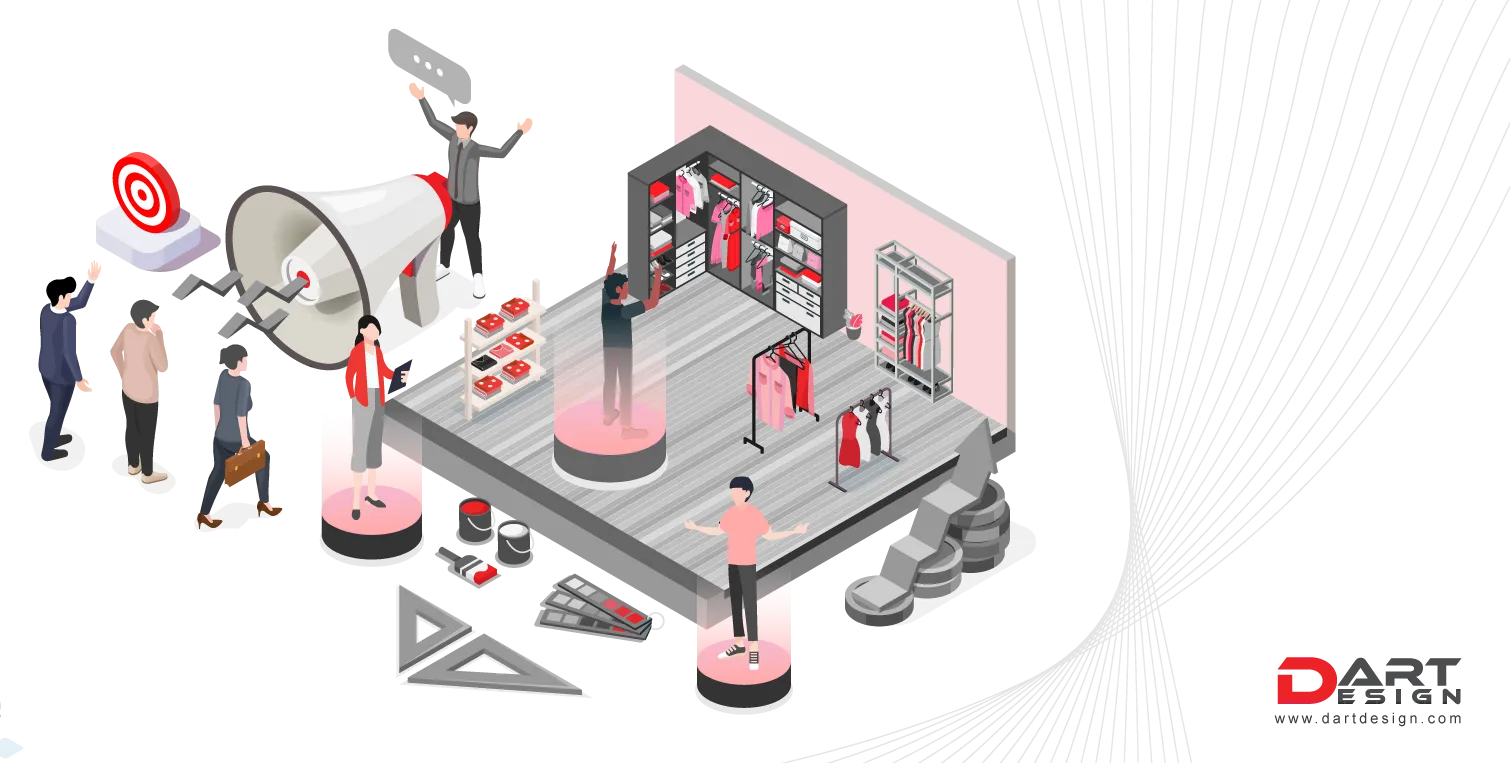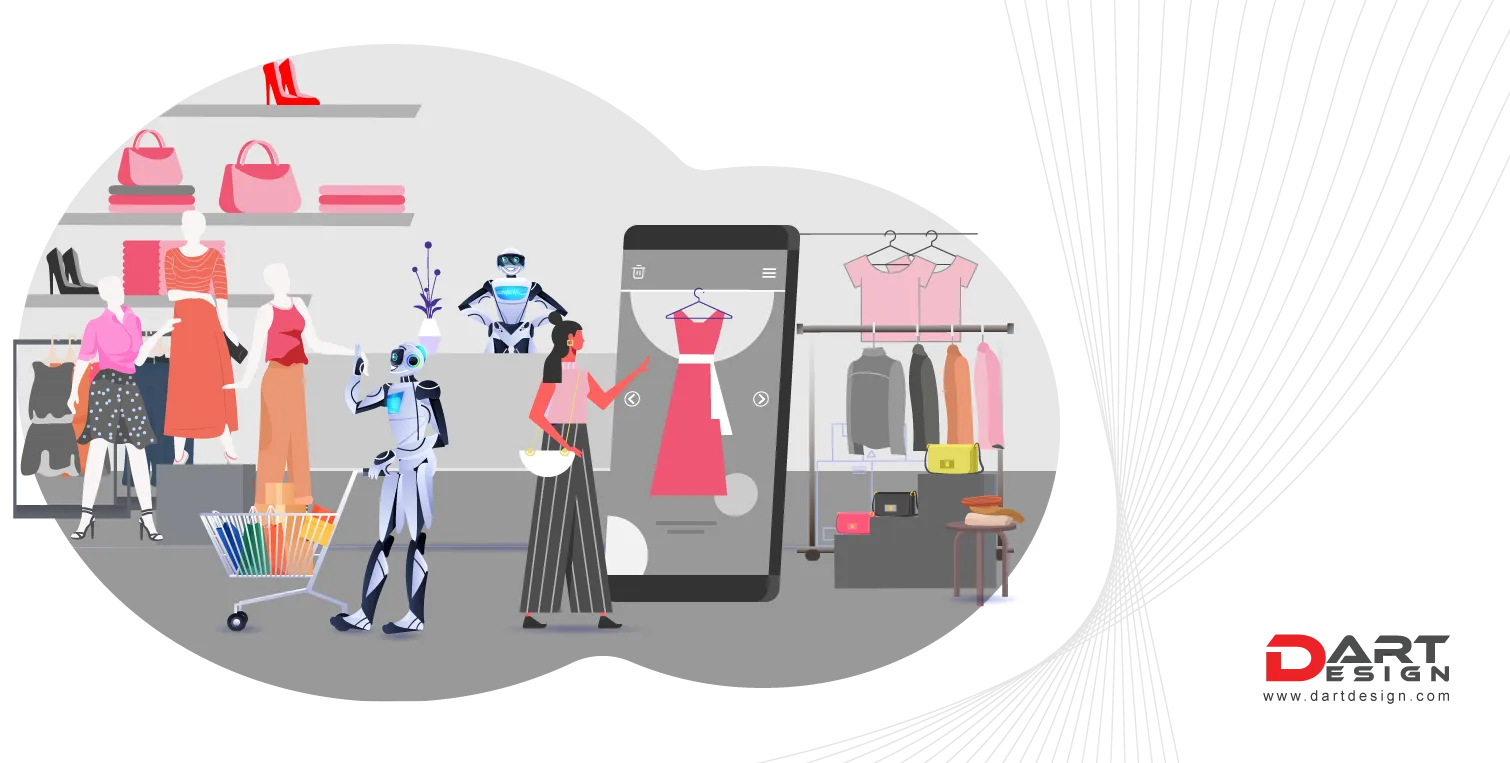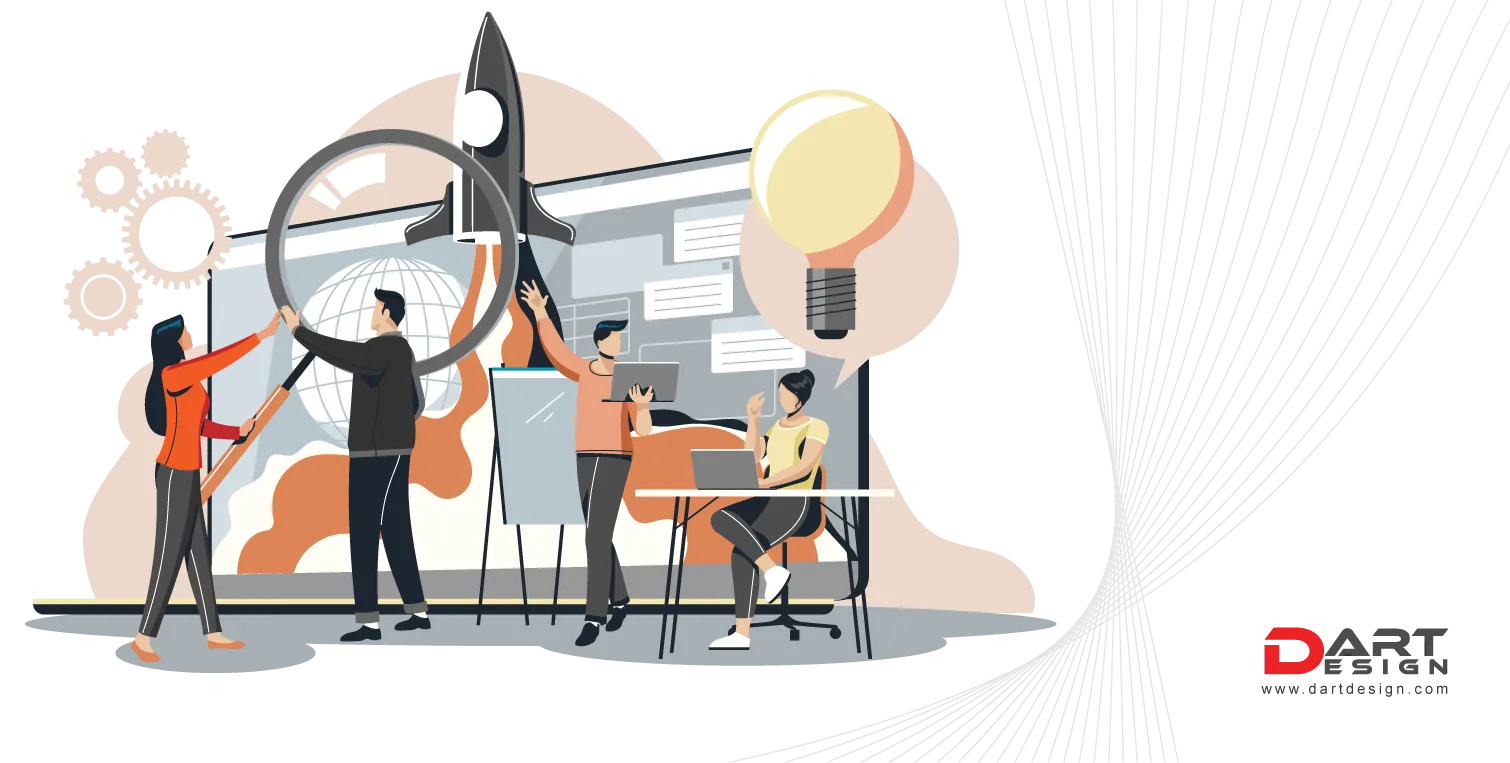Table of Content
Employer Branding through employee education: The specifics of a Brand
Building a brand culture for exceptional employee experience
- Read the expectation of Future Talent
- Evaluate the Current Employee's Experience
- Think about including the Design Thinking Approach
- Make your Managers Good Leaders
History's most epic evolution has upended the fundamentals of physical retail. All things old positioned per the 20th-century store model became irrelevant & obsolete. This new era of retail is all about creating the perfect customer experience. It is about defining brand loyalty among existing followers for successful retention and taking the market by storm with a diversified approach to brand promotions.
With the acceleration of digital innovation, brands have found the medium to build better CX. They opted for brand promotion services which could create a strategy around positively influencing people & their perceptions. The US will witness an ad spend of $315 billion in 2022, with unceasing growth. In this process, brands now forget to pay heed to an organization’s internal community, which is also a people’s market. By doing this, they amiss opportunities of making employees advocate externally.
All things considered, a brand can create value & experience for a specific target group externally when the internal pillars stand firm with the purpose and motivation of accomplishing something for their growth. In today’s retail market, or any market, associates experience & development with customers. Chief Marketing Officers would spend millions or billions to offer convenience to experience-hungry consumers. They do achieve it but at the cost of the employee experience.
There has been a widespread frenzied effort to transform the store space into a meaningful, more-than-transactional experience. Consequently, experiential design agencies stepped in to reform the in-store experience to influence consumer touchpoints. However, retail brands need to transcend putting all their money into CX to promote brand identity in the market. Instead, they need to invest in customer-facing employees.
Employer Branding through employee education: The specifics of a Brand

A brand’s version of its identity, essence, and what it truly works to achieve might be pretty different from what employees perceive. Employees are key to championing the built business strategy for its successful implementation, so the inside-out criteria should be aligned with long-term business goals.
With physical retail, the emphasis gets stronger on communication & connection-building between brands-consumers; employees must first form an emotional connection with the brand, product, or service. It’s how the curated advertisement strategy adheres to its promise when employees accurately describe its value proposition to consumers.
Employee investment doesn’t have to stick to the usual formula of HR programs & training. While those are the core components giving their career a significant push forward, effective selling or convincing mechanisms would start when they truly know the brand's value and uniqueness.
More importantly, internal communication concerning educating them should align with what they value. It’s when leaders come forward to acquaint employees with a change in internal structure and how it concerns the external endeavor to improve customer experience.
For external reinforcement of positive brand perception, employees must feel familiar with what they tell the consumers they interact with and how it collectively shapes an opinion where the workforce feels they belong and are part of the overall brand purpose.
Building a brand culture for exceptional employee experience

It’s an exciting era for the workplace and retail, and both ensure brand survival through consumers or employees. A brand’s culture is incredibly defined by the employee's working experience internally, and they have “clout with their social networks,” influencing whether a brand’s message or content would go unheard in the outside world by their friends, family, and other close circles.
The brand is a culture— inside & outside. Brands need to redefine the internal experience, focusing primarily on representing & recognizing employees for their contribution to rehabilitating and driving massive change and growth for the brand and their peers. What employees say about your brand and their working experience could sway consumers' opinions about its values. It would determine whether people trust your identity in the market when your campaigns claim something you are not.
Creating an employer’s brand would mean attracting the right talent into the organization who wants to commit to and fit into a culture. Besides, brands tend to perform better in the presence of quality talent who harmonize with the work environment. A better brand perception ensures retention.
Brand advocacy is challenging to come by, with a deep intent-to-action gap. Therefore, credibility is lost no matter how bulletproof the strategy seems to your marketing head. There has to be brand camaraderie that enables the demonstration of a reason where employees celebrate the brand, acknowledge its underlying values, and feel a more significant commitment to being able to contribute to a greater whole.
For a change, businesses need to evaluate their employee experience as much as their customer experience. They must identify additional dimensions to promote the brand to the target audience. Here are our findings to elaborate on this idea:
- Read the expectation of Future Talent

It's an exciting time to work for a company that understands how employees should experience work days. The key to business growth is attracting the right talent. Most Gen Z employees actively evaluate the brand market and its competitors, seeking an environment to explore opportunities. Now is the time for brands to consider skill-building options the new generation wants in the organization and change the dynamics accordingly.
- Evaluate the Current Employee's Experience

Before you get hold of what the upcoming talent is seeking from new-age organizations, the right thing to do is meticulously observe internal communication and gather insight into the current employee experience within the company. There must be a clear understanding of the present scenario to move ahead with a clear perspective of what needs to change inside the workplace. Analyze the view of your cross-sectional team and manager touchpoints.
- Think about including the Design Thinking Approach

By using empathy and challenging your inhibitions and assumptions, this is typically about bringing a human side to the entire employee-engagement process, making them the center of a strategy or a problem. Through design thinking, you discard instinctual systems and historical data. Instead, future employees' expectations can be used to create change and introduce newer strategies for better teamwork, collaboration, and creativity to improve employee satisfaction.
- Make your Managers Good Leaders

Since the onset of the pandemic and massive changes becoming part of brand culture, managers are having a tough day navigating a team of individuals with diverse expectations, work approaches, cultures, and of course, the recent atmosphere of great resignation. Managers and other leaders are feeling the heat of expectations.
At this moment, leaving managers on their own impacts the people's culture tremendously, and this is the moment when they should also feel the organization’s support with the required training and grooming. To reach the maximum number of team members, top management should inform them of the best practices for communicating flexibly and effectively. This is also when managers are trained to help change-resilient employees embrace change more seamlessly.
To Sum Up!

Despite all our insights providing valuable insight into the impact of transforming employee experience, most employers might not think about organizing brand culture for better work, given how much it might cost. Investing in employees, how they perceive the brand, and how they represent it outside would lead to declining growth.
Consumers seek brands' trust when their people vocally express it. Employees are the people who make the brand, and to not let the brand reputation face negative repercussions, the ability to hire future talent and retain the present best ones is the need of the hour. And hence, retail would have something better to tell the world besides demonstrating an experiential space to the consumer and actively promoting it to external forces.





